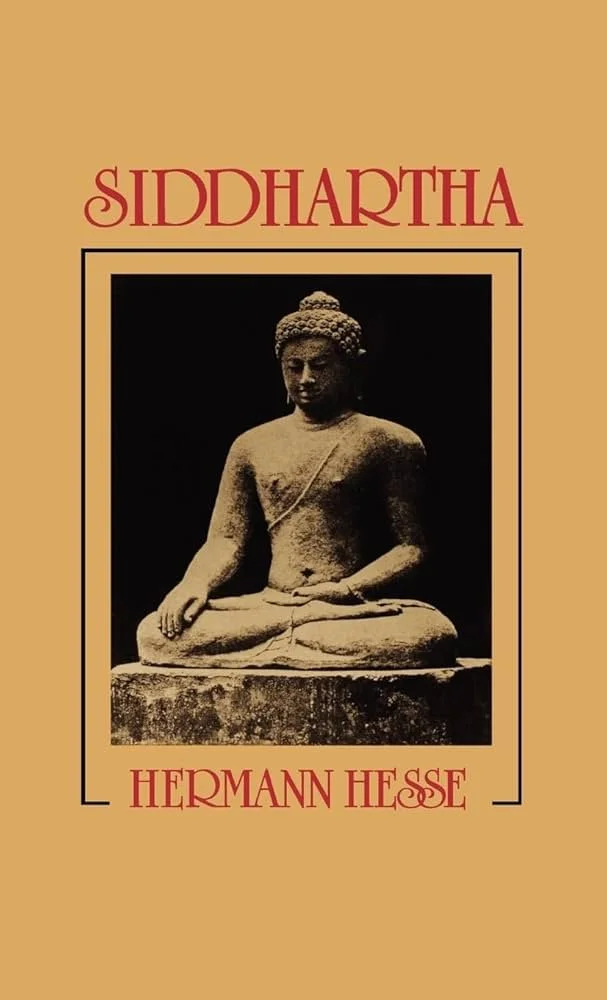Reading Corner
Poet of the Month: Mary Oliver
“[America’s] best-selling poet” according to the New York Times, Mary Oliver’s career spans more than four decades and her writing has and continues to steadily influence generations of young poets. Having grown up in rural Ohio, pastoral influences feature heavily in her poetry; just as important is her observant nature, which leads to an introspective style that deeply explores the self in the context of nature. Oliver’s verses feature little ornamentation, yet her brilliant command over subtext and rhythm enriches the seemingly simple language and gives it an evocation quality. Mary Oliver writes with delicate yet innately limitless vision, and refreshes our views on the natural world through her narration of solitude. A prolific writer, Mary Oliver has produced many beautiful anthologies that immortalize each stage of her creative life; here are a few places to begin should you wish to explore her writings. Suggested anthologies: Devotions (Oliver’s personal selection of her best works), Thirst (explores faith; 2007), TheHouse of Light (1990).
Fiction: Siddhartha by Herman Hesse
With lyrical prose and contemplative storytelling, Siddhartha by Nobel-Prize-winning German author Hermann Hesse takes the reader on a journey of self-discovery as they travel alongside the protagonist. The well-to-do and young Siddhartha, in his quest for spiritual illumination, sought true knowledge in asceticism, worldly experiences, and finally nature itself. This novella draws inspiration from Indian and Buddhist philosophy, and engages vigorous discussion about spiritual life through its cast of symbolic characters and allegorical plot. Siddhartha is a religious legend told through the lens of a modern novel, and its luminous exploration of personal enlight-enment will speak to every person who’s ever questioned meaning.
Non-Fiction: Love Calls, and So Does the Priesthood by Katie Shepherd
What happens when your love for another person can never be conventionally affirmed? The premise of this essay suggests no happy ending. Published by the New York Times’ popular essay column Modern Love, this piece recounts the author’s tumultuous yet moving romantic relationship with a would-be priest. Full of revelatory vulnerability and emotional power, it explores the role of religion and skepticism in a cosmopolitan reality through a personal lens. An emerging journalist, Shepherd’s storytelling voice is quintessentially urbane, funny, yet heartbreaking at the same time; her engaging narrative leads the reader to become invested in her “perfect” love story and finally come to reflect on love’s ability to bridge differences and unite people who seem so apart in the mundane world.
Drama: This is a Chair by Caryl Churchill
On the surface, This Is a Chair seems to be a hodgepodge of disconnected scenes that’s made to confuse the audience and make them unable to grasp on to any of the characters. However, the play simply presents vignettes of life with allegorical titles to each scene. None of the characters live beyond one scene, but their personae transcend the entire play. It’s absurd take on the most mundane parts of life leaves the audience deep in introspective thought but with seemingly little emotion. It feels like a third person journey through the subconscious—full of distortion and bent reality—presented through the rough surface of the imperfect human, epitomizing the old saying: actions speak louder than words. In many ways, though, it’s not about the actions of the actors on stage, but of the audience members as they try to comprehend their own existences.


